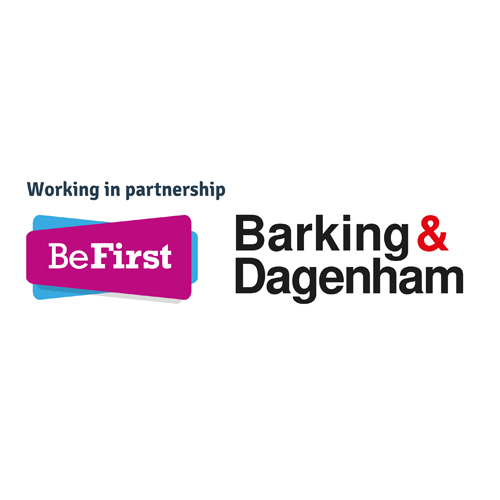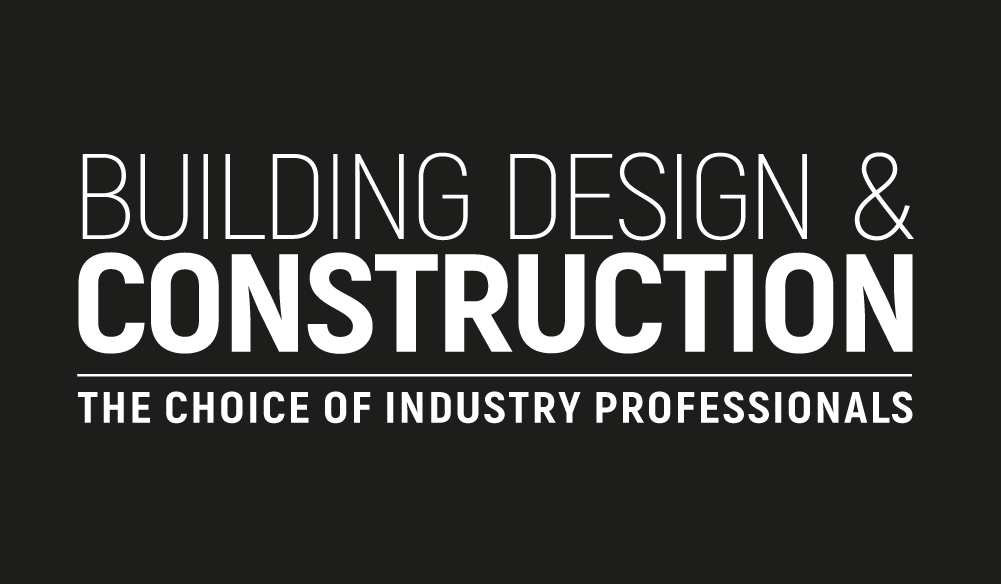If you’re still thinking that a strong handshake and a printed flyer are enough to win over new clients in construction—well, you’re working from an outdated blueprint. These days, your client’s first impression of you happens long before the site visit. It starts online. On their phone. Maybe in their inbox. Maybe after a Google search. And while good workmanship will always speak for itself, how you present that work in the digital world is now just as important. Whether you’re designing homes, pouring slabs, or running a full-service construction firm, your digital presence has become a core part of your reputation. This isn’t about turning into a marketing guru overnight—it’s about using smart, doable tools to connect with your audience, earn trust, and stand out in a crowded industry. Let’s dig into how modern contractors are building better relationships with clients—without ever picking up a hammer. Foundations First: The Digital Version of Your Business Card Back in the day, you’d hand someone a card with your name, number, and maybe a logo. Now? That “card” is your website. And if it looks like it was built during the dial-up era—or worse, doesn’t exist—you’re losing more clients than you realise. A clean, up-to-date website isn’t about being flashy. It’s about giving potential clients the confidence that you’re legitimate, professional, and detail-oriented. It should clearly answer the basics: Bonus points if your site also includes testimonials, a gallery of finished projects, and a short “About” page that explains your values. People don’t just hire a contractor—they hire a person they feel they can trust. Your site can do some of that trust-building before you ever get on the phone. Tip: Don’t overthink it. One well-built landing page that clearly explains what you do can outperform a clunky 10-page site. From Fence Posts to Facebook: Your Social Media Isn’t Just Fluff Think no one wants to follow a construction company on social media? Think again. Your potential clients—homeowners, architects, property developers—are scrolling every day. And they are watching. Social media is where you show the behind-the-scenes. That fresh concrete pour, the custom cabinetry, the sunny Friday team photo—these little moments give clients a peek into your process, your attention to detail, and your people. You’re not just showing off your finished product. You’re showing that you: All of that matters when someone’s deciding whether to trust you with their renovation or commercial build. Keep it real. Don’t over-edit. Don’t post just for the sake of it. One solid update a week is better than five forgettable ones. The Inbox Advantage: Owning the Client Relationship Now let’s talk about the communication tool most overlooked in construction—email. You probably use it to send quotes, invoices, and progress reports. But are you using it strategically? That’s where email marketing optimization quietly levels up your entire client experience. Let’s say a homeowner gets a quote from you and three other contractors. You send one professional follow-up, a link to a helpful blog about “What to Expect During a Bathroom Reno,” and then a simple check-in a week later. The others? They vanish. Who looks like the most prepared, approachable, and thorough contractor? You do. Email lets you: With a bit of email marketing optimization, you’re not spamming inboxes—you’re creating a smoother client journey. And it doesn’t need to be fancy. There are simple platforms that automate these touchpoints so you don’t even have to think about them. Reviews Are the New Word-of-Mouth (But Louder) Ten years ago, people would ask their cousin or neighbour for a contractor recommendation. Today, they read five online reviews before they even call you. And if your business has no reviews? That’s as good as a red flag. The thing is, most happy clients won’t think to leave a review unless you ask. So make it part of your process: Even one or two recent five-star reviews can tip the scale in your favour when a new client is deciding who to trust with a big project. Content That Lays the Groundwork If you’ve ever answered the same client question five times in a week, you already have a blog post idea. Think of your blog—or resources page—as your chance to educate while showcasing your expertise. This isn’t about search engine tricks or trying to “go viral.” It’s about helping your ideal clients make better decisions (and realise you’re the expert they want to work with). Topics could include: Each helpful post is a quiet nudge that builds trust. Over time, your website becomes a library of practical answers—and a strong tool for winning business. Let’s Talk Messaging (Not Just Marketing) Too many contractors fall into the trap of using corporate-speak or generic messaging: “We deliver quality results on time and on budget.” Sure, it sounds professional. But it doesn’t sound human. In a sea of sameness, authenticity matters. So how do you stand out? When your messaging matches your work ethic, trust grows. The Digital Follow-Through: What Happens After the Project Matters The job’s done. The invoice is paid. That’s it, right? Wrong. Your post-project process is your secret weapon for future referrals and repeat business. Don’t disappear once the dust settles. Instead: You’re not nagging—you’re showing you care. And that’s what builds long-term loyalty. Final Thoughts: Build More Than Structures At the end of the day, good contractors build more than structures. They build experiences, trust, and relationships. And the digital space—whether it’s your website, inbox, or Instagram feed—is just another jobsite where that work begins. You don’t need a massive marketing budget or a full-time social media team. You just need to be intentional. Clear. Human. And a little bit strategic. That’s how you move from being just another name on a quote list… to the contractor everyone remembers.







